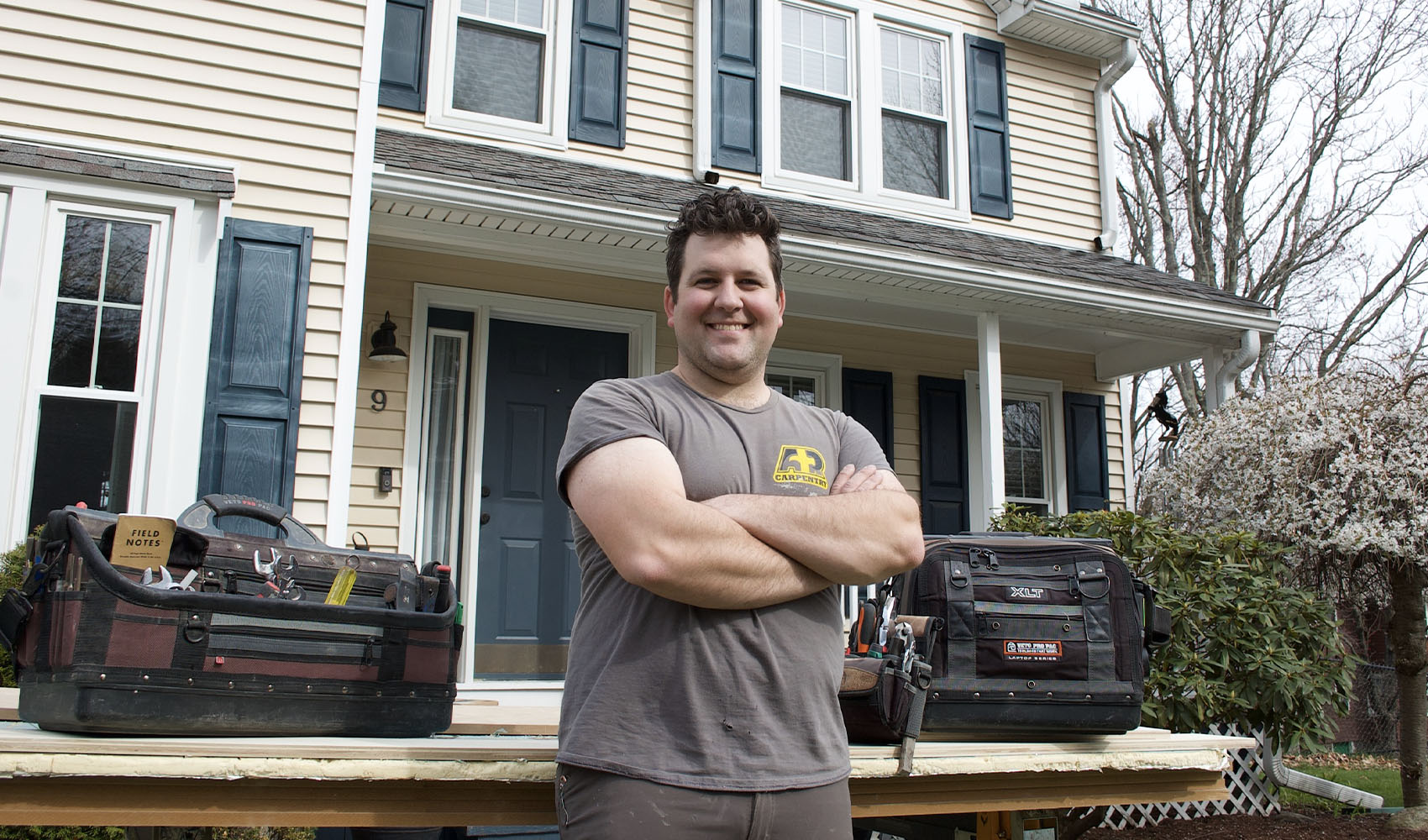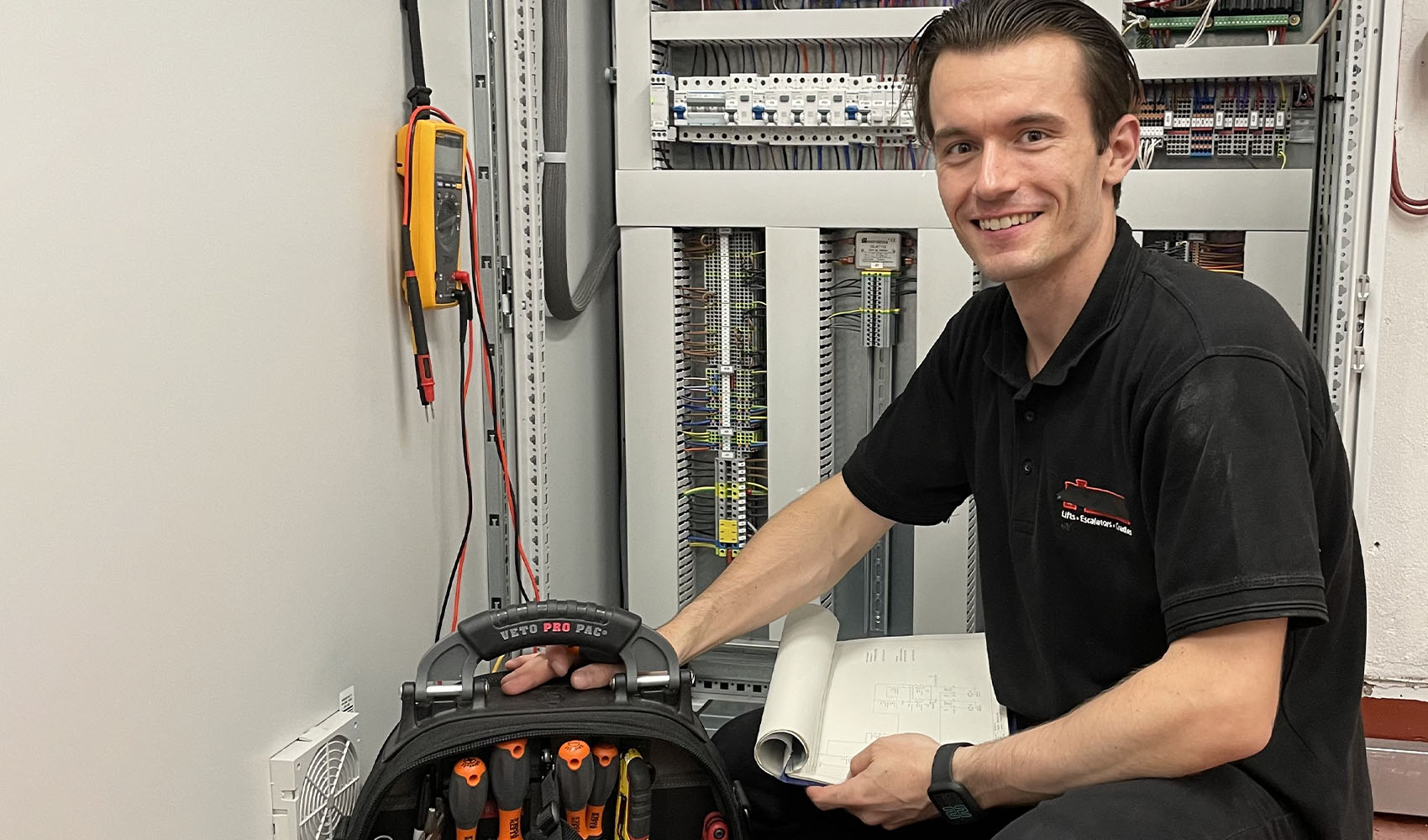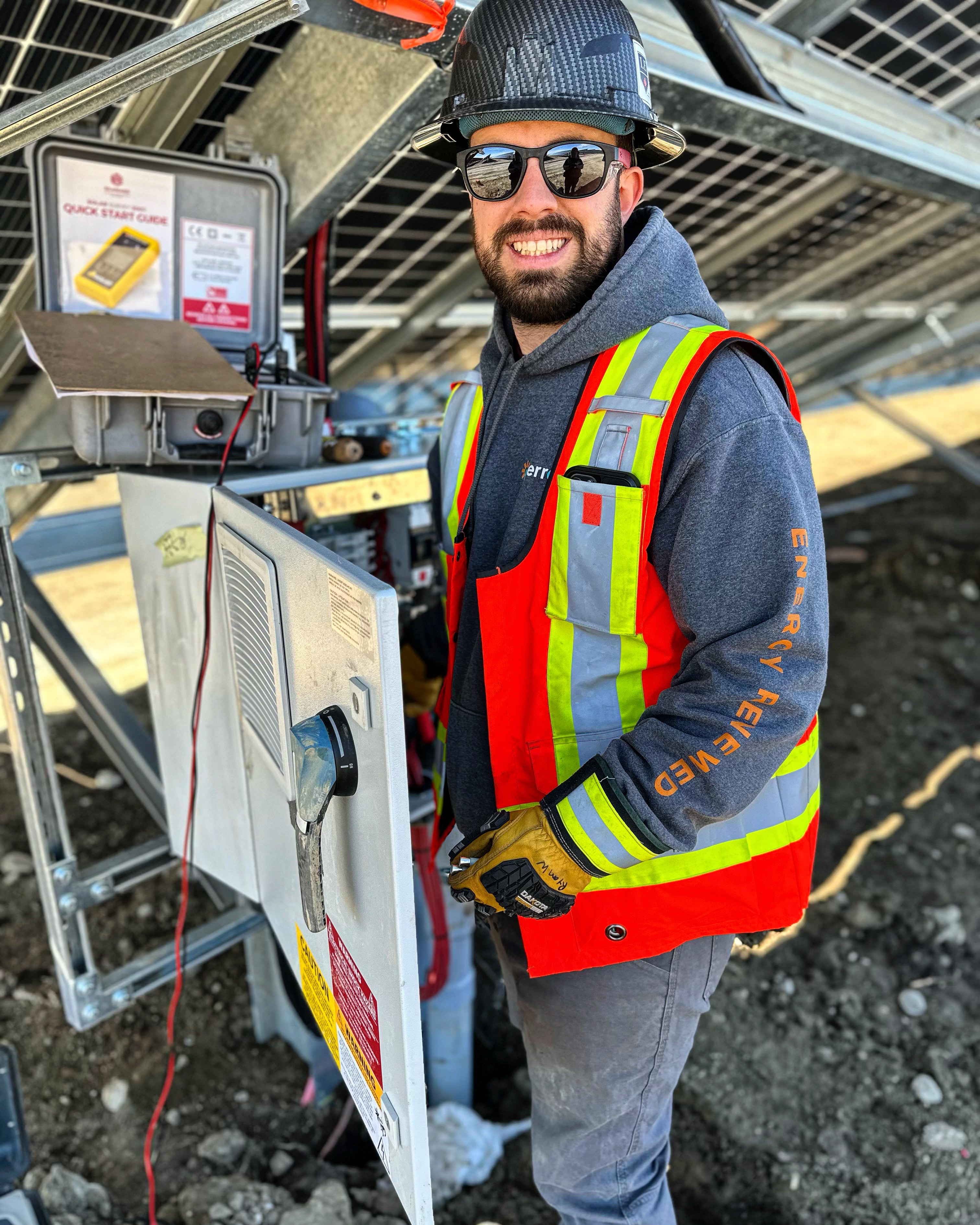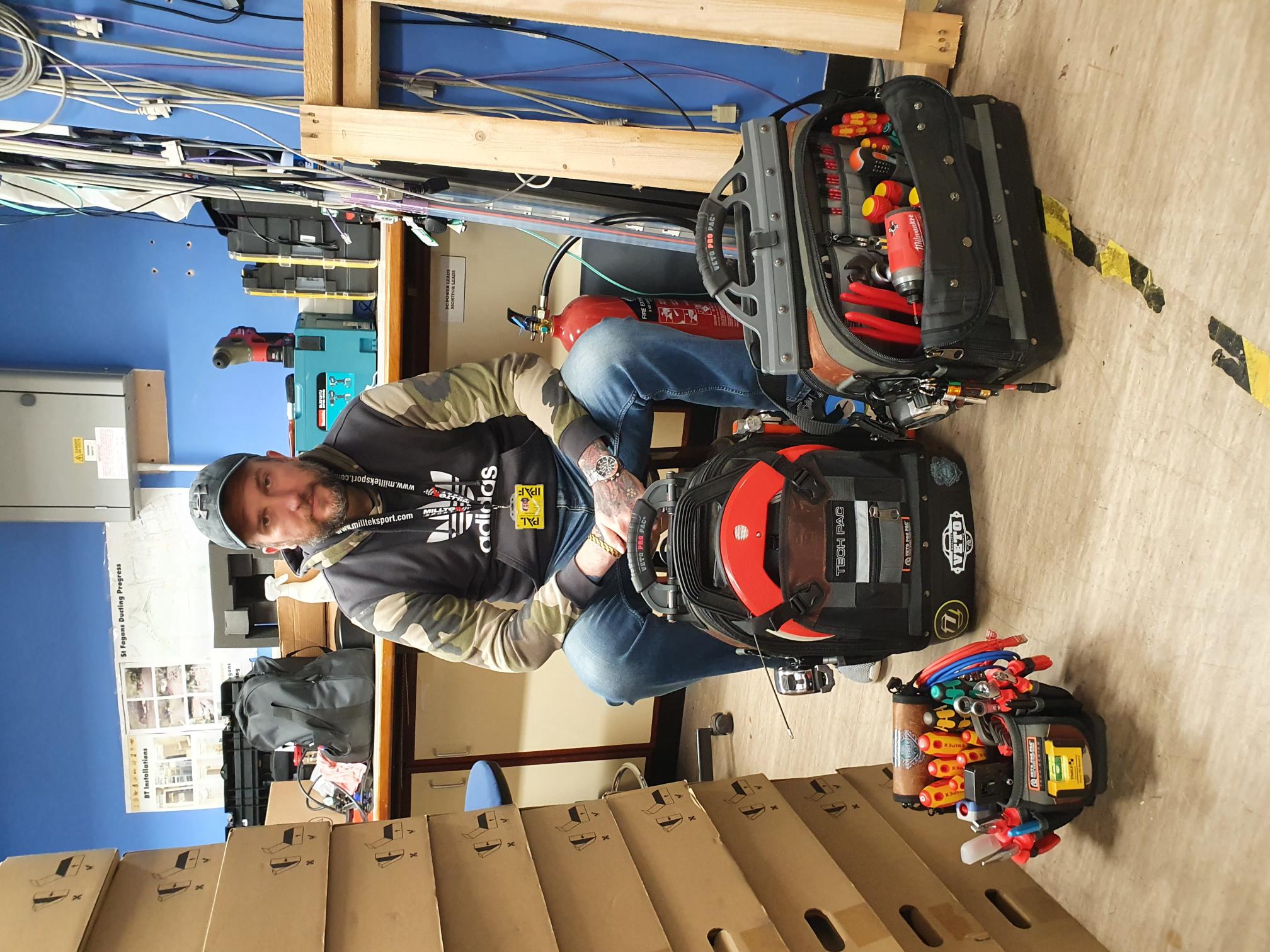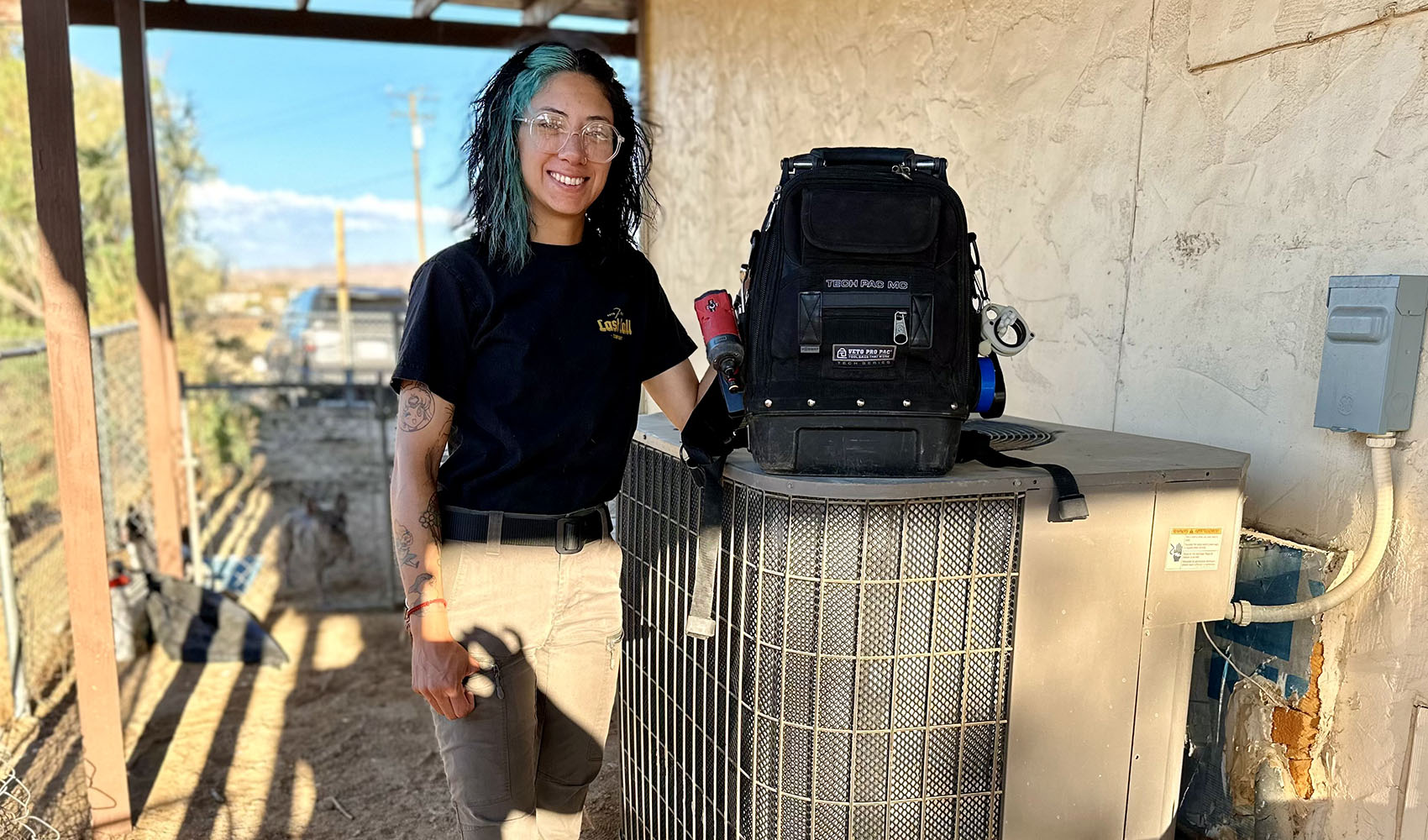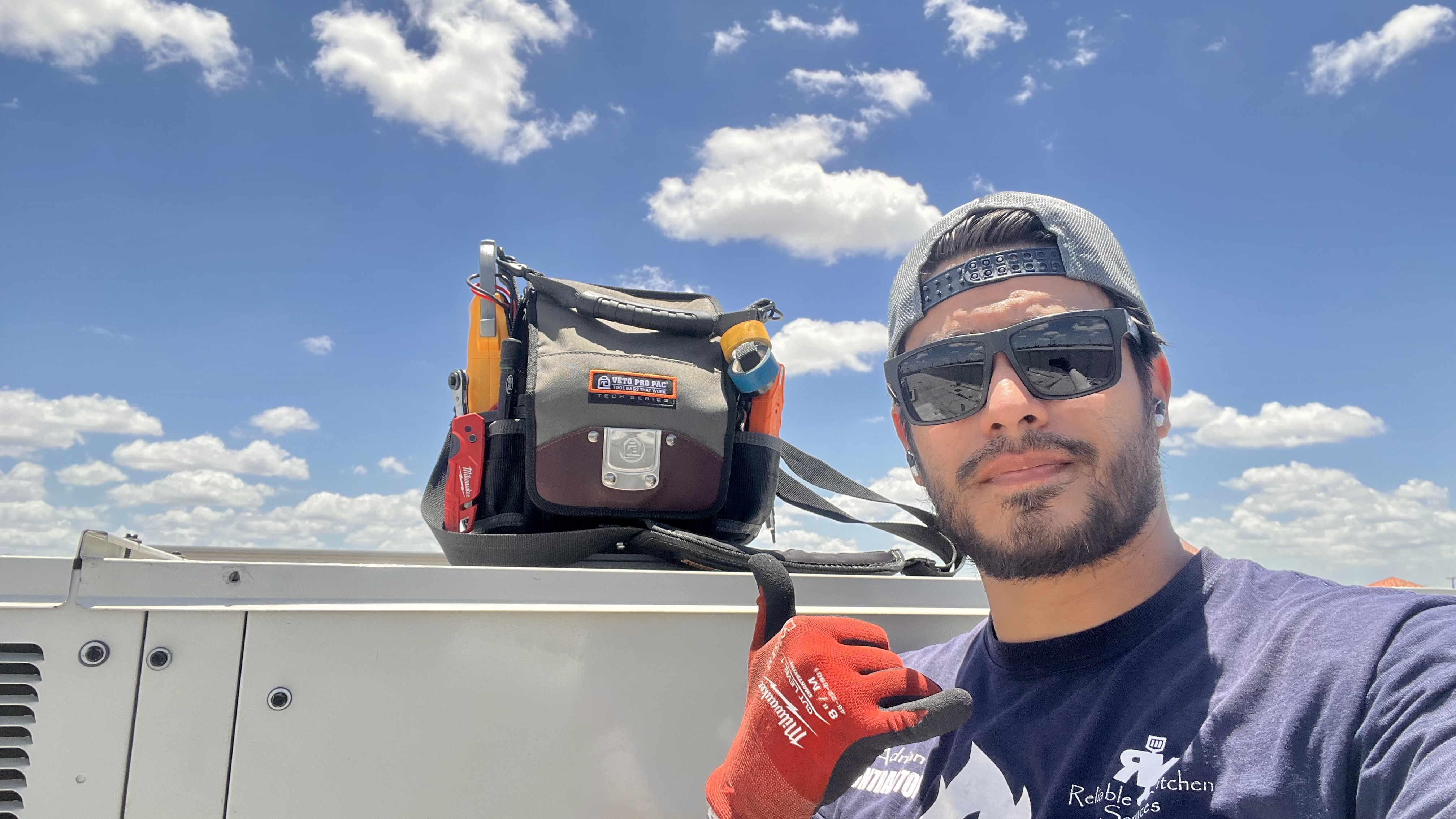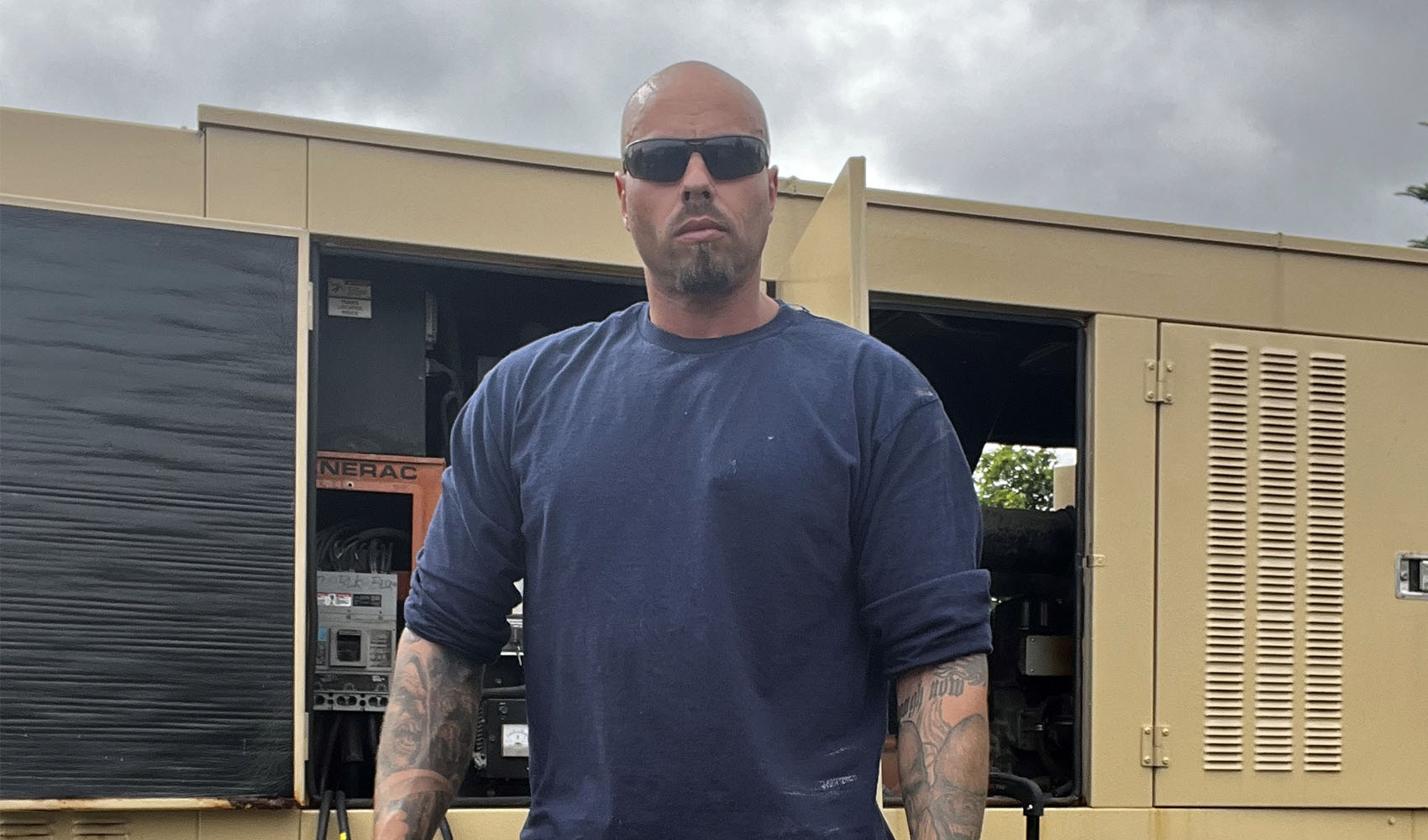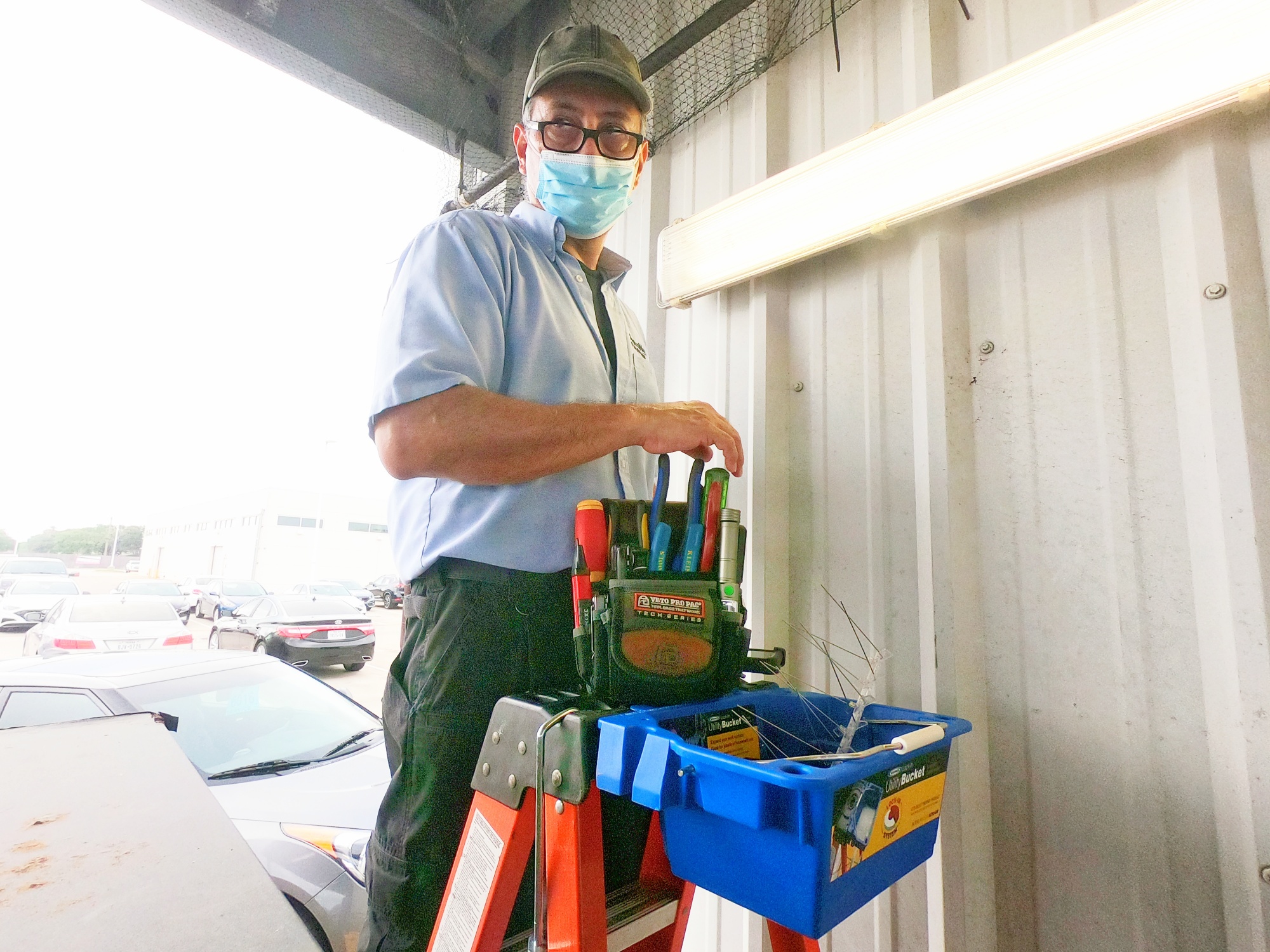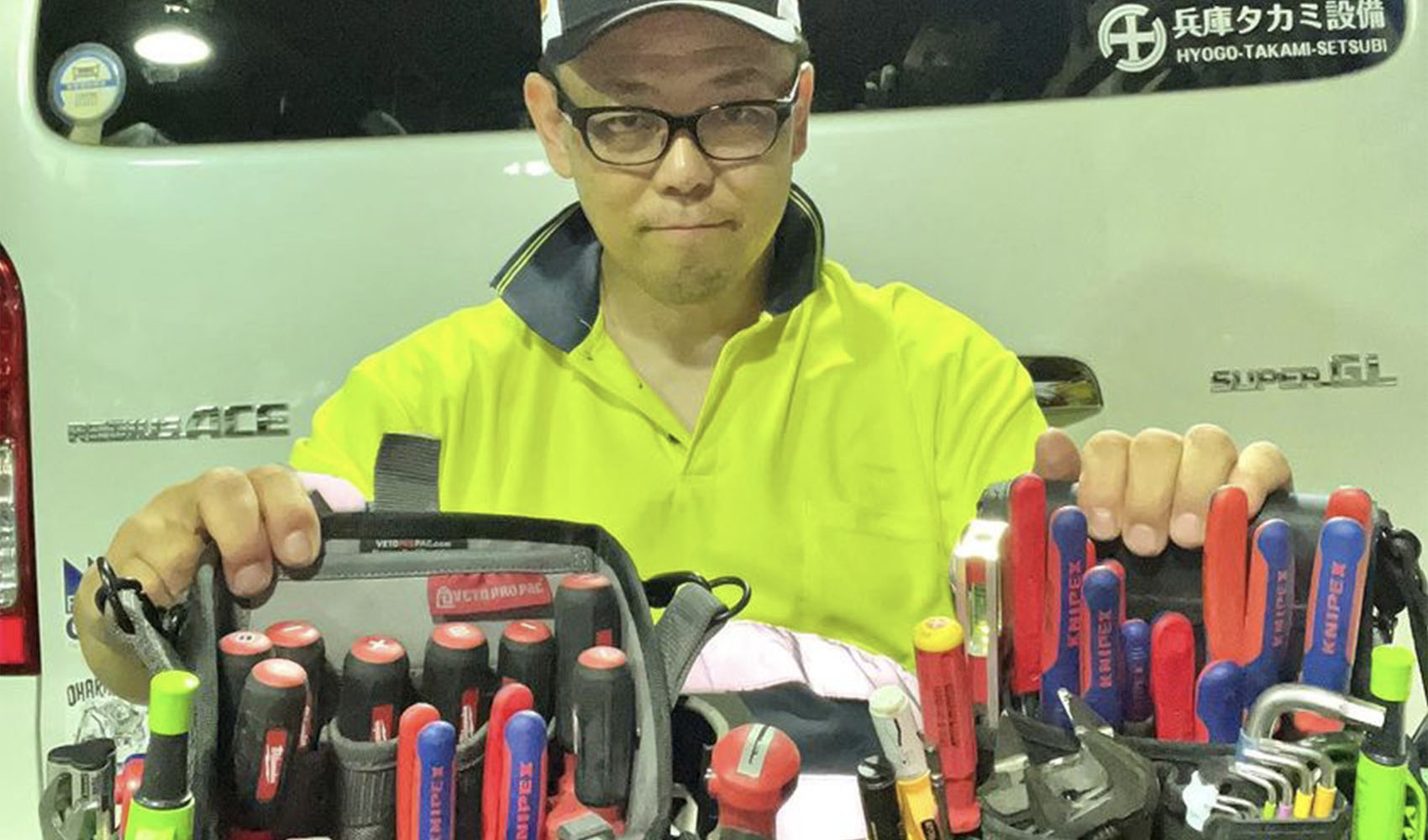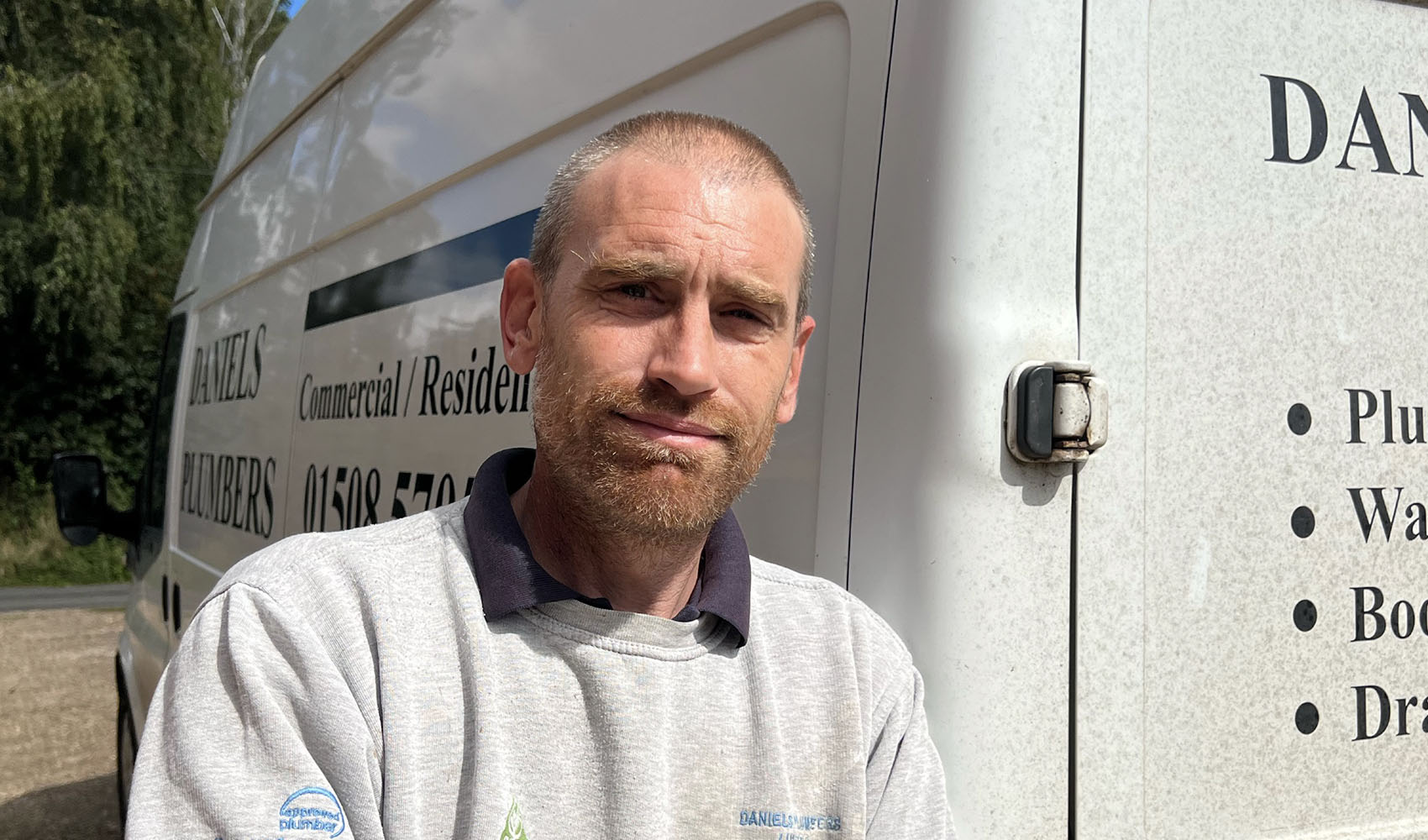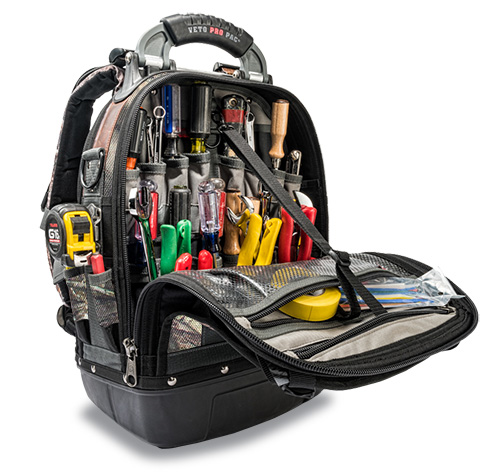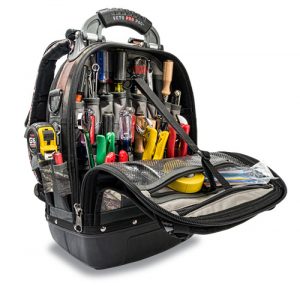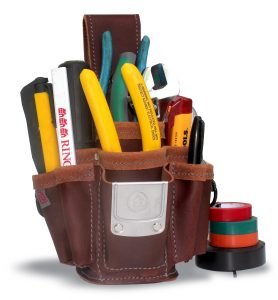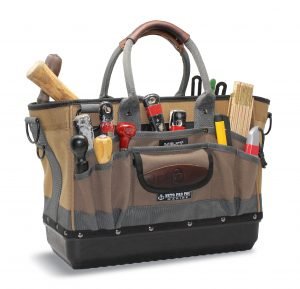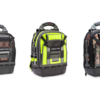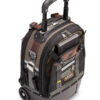As a tradesman or technician, you have a lot to accomplish on the job or jobsite. If you are like most people in your industry, some of your tasks and activities waste a lot of time. For example, f your work day consists of trying to find that one tool or that specific piece of equipment to do the job, whether you are taking too much time digging through your bag or running back and forth to the truck, you are not optimizing the hours in your day. Here are eight tips on how to stay organized on the jobsite so each day is productive.
1 – Inventory your tools
It’s important to keep track of the tools you use at job sites. This can help you stock your equipment properly. Keep track of the tools that are used most often and make sure they are kept in easy reach. If a tool breaks on the job, you should note it immediately so you are quick to replace it. Each time a job is finished, tools should be checked, not only to make sure they’re all there but to make sure they’re in good condition. It can be helpful to carry a small notepad, or write a note on your phone when something breaks so you don’t forget things that come up during the day.
Go through your tool storage at the end of each day. It’s easy to misplace or lose tools when you are busy working on a job or service call that requires multiple tools and a significant amount of time. A lot of times you will find a misplaced tool if you take the time to retrace your steps on the job. However, if you lose a tool, make a note to have it replaced before the next job. Making trips to a wholesaler to replace tools while on the job obviously slows down productivity.
2 – De-clutter
It’s tempting to have backups for everything. But, if you’re toting duplicates of all your tools in your tool bag, you aren’t using the space efficiently. Use your inventory notes to identify which tools you use the most and which you only use on rare occasions. Only keep duplicates that you know you require due to heavy use. Other duplicate tools can be stored in your van or at your office location to be used as inventory replacements, to be loaned out, or to be used on specific jobs.
If you find tools in your tool bag that you rarely use, consider storing them in a dedicated tool pouch so you can easily identify them for specific jobs. Save your tool bag space for tools you access regularly.
Be sure to remove trash from your tool storage. Having to dig through trash makes it difficult to find what you need. It may be helpful to bring a small trash bag to the worksite. Hook this to the outside of your tool bag, and use it to keep your trash separate. Discard your trash at the end of the day rather than throwing it in your tool storage.
3 – Organize your equipment
Know what tools you use most often. The tools you use all the time should be the easiest to access. Keep things like a measuring tape and pencil in your tool pouch. Larger tools which are used most often can be kept in a portable bag, like a backpack tool bag, making it easy to carry your most needed equipment on the job site.
Make sure to set aside space for plans, diagrams, and instructions. They should be easily accessible for quick reference. Before beginning each job, make sure you have the appropriate papers on hand, and remove any old papers.
4 – Familiarize yourself with the job type and site.
Going back and forth from the work site to your van eats a lot of time in the day. Before you head off to the job site, it’s good to know where you’ll be working and what to expect. If you are working on a site where you’ll be far away from the van, consider what tools you need to carry, and make sure that you have the proper tool bags so that you don’t have to make multiple trips to the truck. In this case, a backpack tool bag sets you up to have both hands free so that you can carry other totes or tool pouches.
5 – Review your plan before beginning
It’s important to have an organized plan. Plans help to manage time and ensure projects get done in the appropriate order. When drafting your plan for the day, make sure things are done in a logical order. Don’t plan on multitasking, as finishing single tasks is more efficient.
Double check your plan when you arrive at the job site before beginning work. Inspect the job site and take note of specific conditions which might affect your plan. Make sure you have the tools you’ll need to complete the job.
6 – Draw on past experiences.
If you are working on a job which is similar to a job you’ve done before, think about what you learned from the previous experience, or review any notes. Was there a tool you found helpful the last time? If so, be sure to have that tool readily available. Remember anything that caused trouble on the last job and make note in your plan, as well as a note of the solution you discovered last time.
7 – Have a contingency plan
Things rarely go exactly to plan. It’s important to have plans for problems that arise. Dropping a screw could set you back, but carrying a few extras may be a lifesaver. Small objects like screws, nuts, staples etc. don’t take up much space in your tool tote, and you’ll be happy to have them around.
It’s also important to know how to solve various problems. Know how to replace missing parts and familiarize yourself with what your tools can be used for.
Bonus Tip – Take advantage of technology. Smart phones are capable of amazing things. Apps allow you to take measurements, make inventory lists, communicate on the job site, provide light, and even measure temperature. This makes them an excellent backup tool in case something is forgotten on the job site.
8 – Show that you are a professional
Looking professional makes a great impression on your customers. Show them you’re going to get the job done right by arriving with an organized tool bag and high quality supplies. Not only will it make your client feel confident in your ability to help them, it will make you more able to do the job right the first time, the most important time saver. If you have to do a job twice, it takes twice as long, wastes time and eats into your profit margin.
Organization is key to a productive worksite. Staying organized allows you to complete jobs well and in less time. You can reduce the amount of time wasted on a day to day basis by knowing your tools, storage, and work plan. Knowing how to stay organized is essential to maximizing efficiency and profitability in your work.






